A science that deals with the ways in which man adapts to the conditions of the earth's surface, both natural and man-made.
What is geography?
The highest point above sea level is _______________________ in the Himalayan Mountains.
What is Mt. Everest?
It takes the earth _____________________ hours to make a complete turn on its axis.
What is 24?
Name the circle of latitude is marked by the star.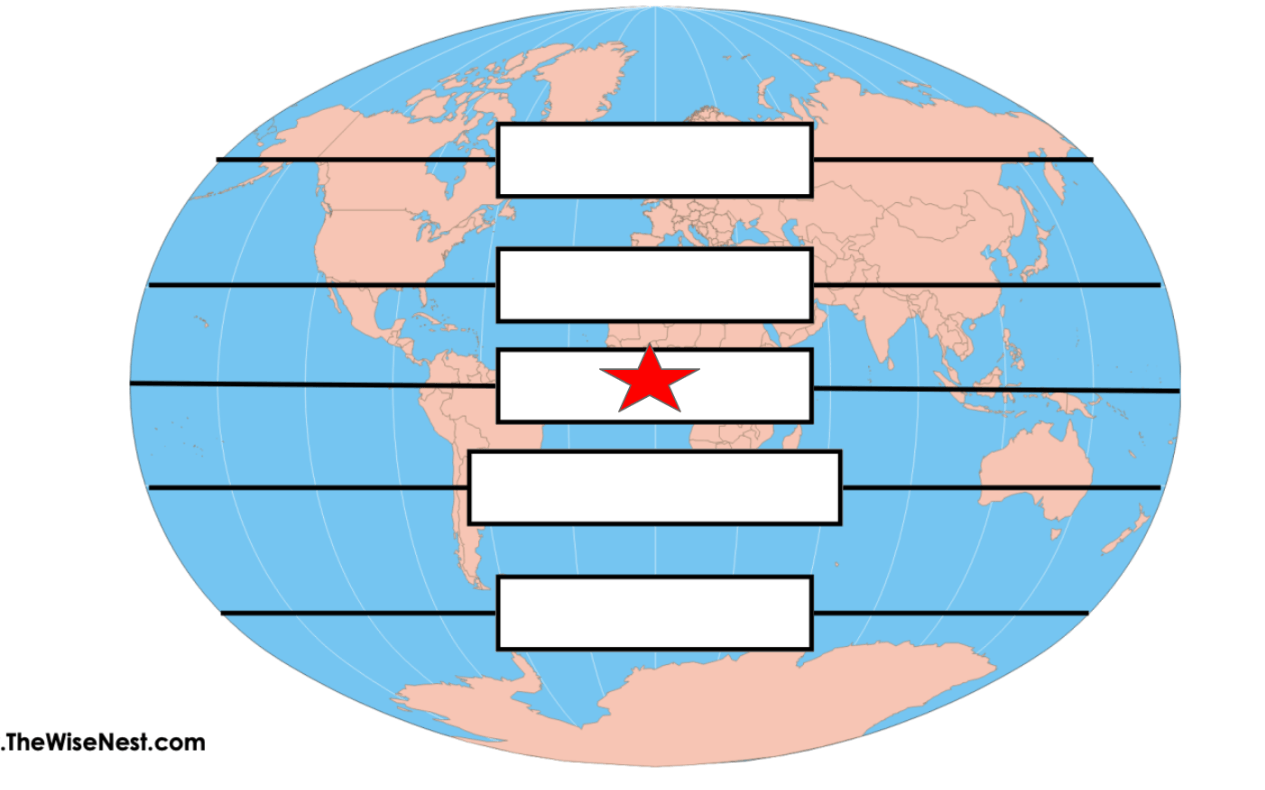
What is the equator?
A forest of broad-leaved evergreen trees that receives high annual rainfall and is characteristically associated with tropical and subtropical regions of the world.

What is a rainforest?
The daily state of the atmosphere, or air, in any given place.
What is weather?
The deepest floor of any of the earth's oceans is the __________________ near the Marianas Islands in the Pacific.
What is the Marianas Trench?
The axis of the earth is tilted _____________________ degrees.
What is 23.5?
Name the circle of latitude marked by the star. 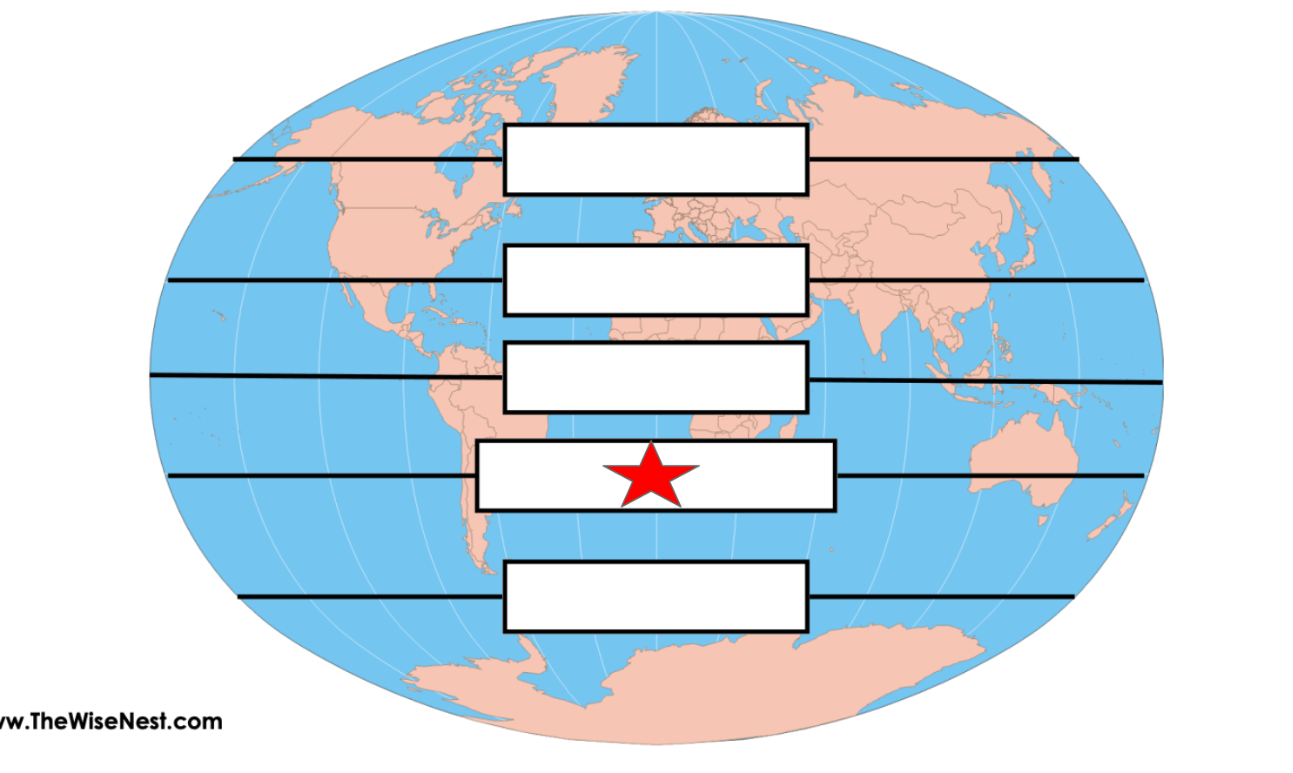
What is the Tropic of Capricorn?
A vast, flat, treeless Arctic region of Europe, Asia, and North America in which the subsoil is permanently frozen.
What is a tundra?
The average measurements of temperature, wind, humidity, snow, and rain in a place over the course of years.
What is climate?
The earth is approximately _________________ miles from the sun.
What is 93 million? (93,000,000)
The _______________________ occurs between December 21st and 22nd (shortest day of the year). At this point, the equator is farthest from the sun.
What is the winter solstice?
Name the circle of latitude marked by the star.
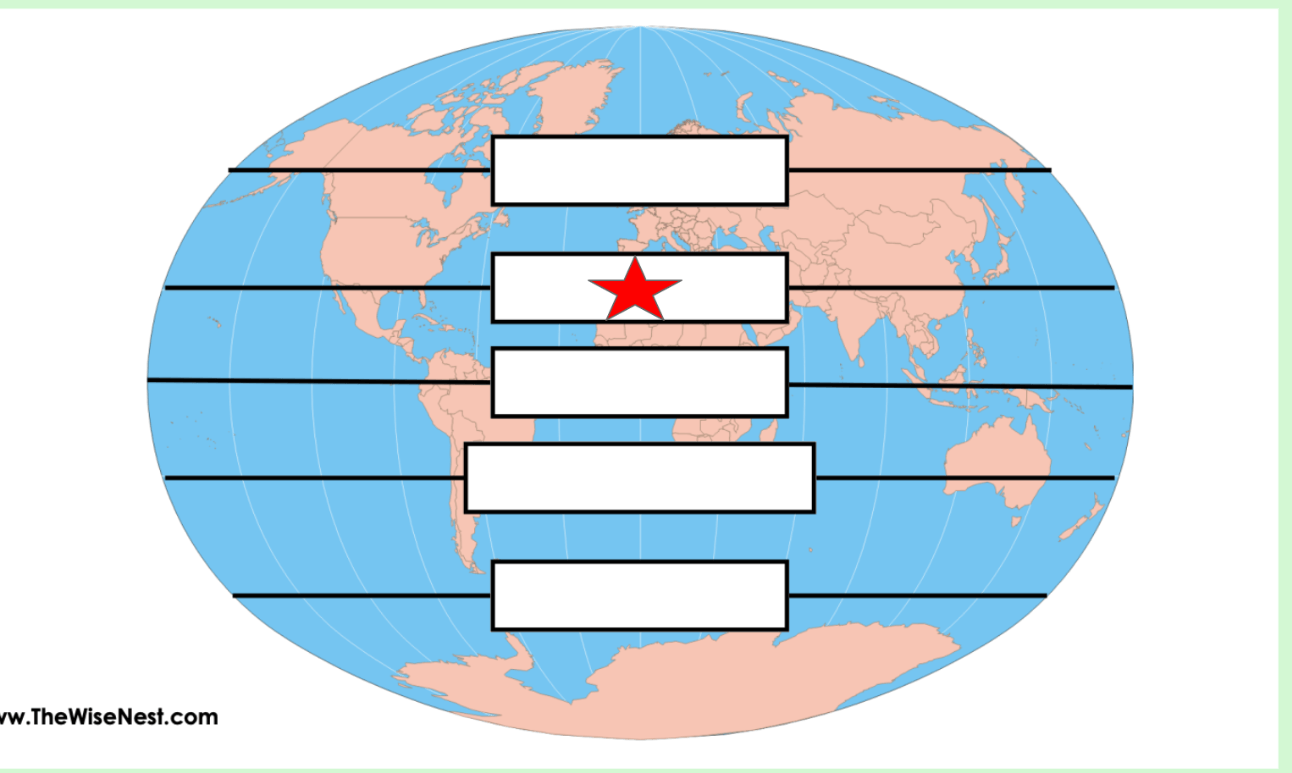
What is the Tropic of Cancer?
A land of warm regions (as Africa) that is covered with grass and only a few shrubs and trees.
What is a savanna?
At the same time that it is moving around the sun, the earth is rotating on its own ___________, an imaginary line through its center.
What is axis?
Mt. Everest is approximately __________ feet tall.
What is 29,000?
The __________________________ occurs around the 20th of March. At this point, the earth’s poles are equally distant from the sun.
What is the vernal equinox?
Name the circle of latitude marked by the star. 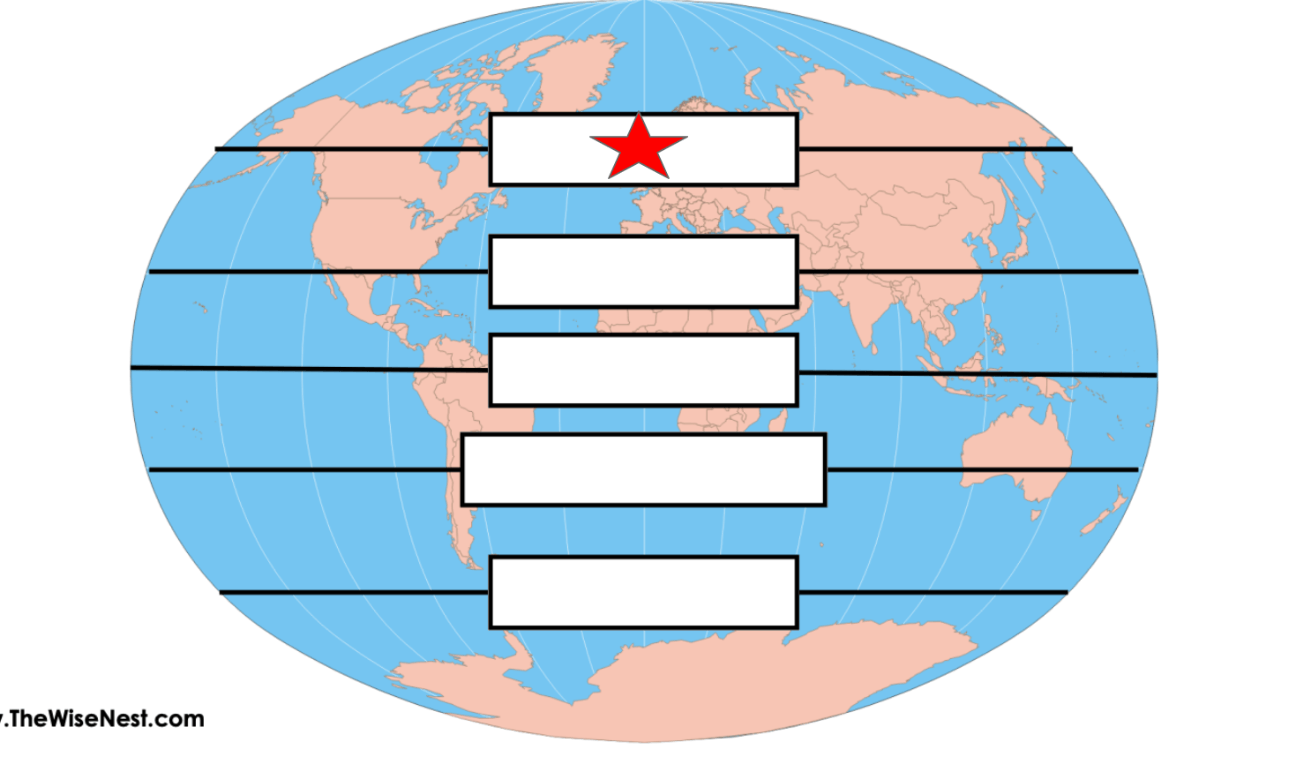
What is the Arctic Circle?
A sometimes swampy, coniferous forest of high northern latitudes, especially that between the tundra and steppes of Siberia and North America.
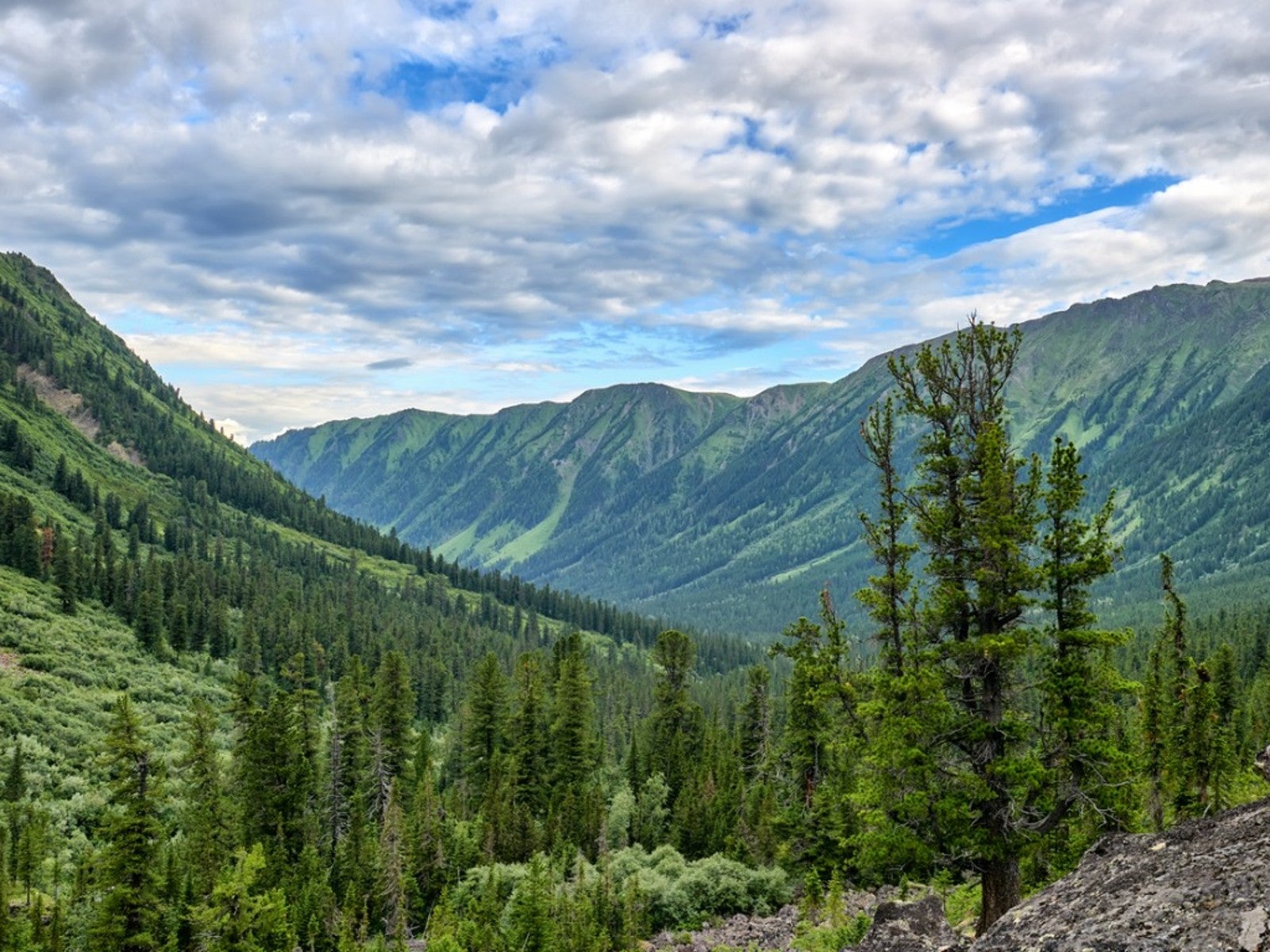
What is a taiga?
The study of the earth's atmosphere and the factors that are important in weather analysis and forecasting.
What is meteorology?
The Marianas Trench is about __________ deep.
What is 36,000?
Whereas ________________________ rays come from directly overhead, _____________________ rays strike the earth at an angle.
What is vertical, oblique?
Name the circle of latitude marked by the star. 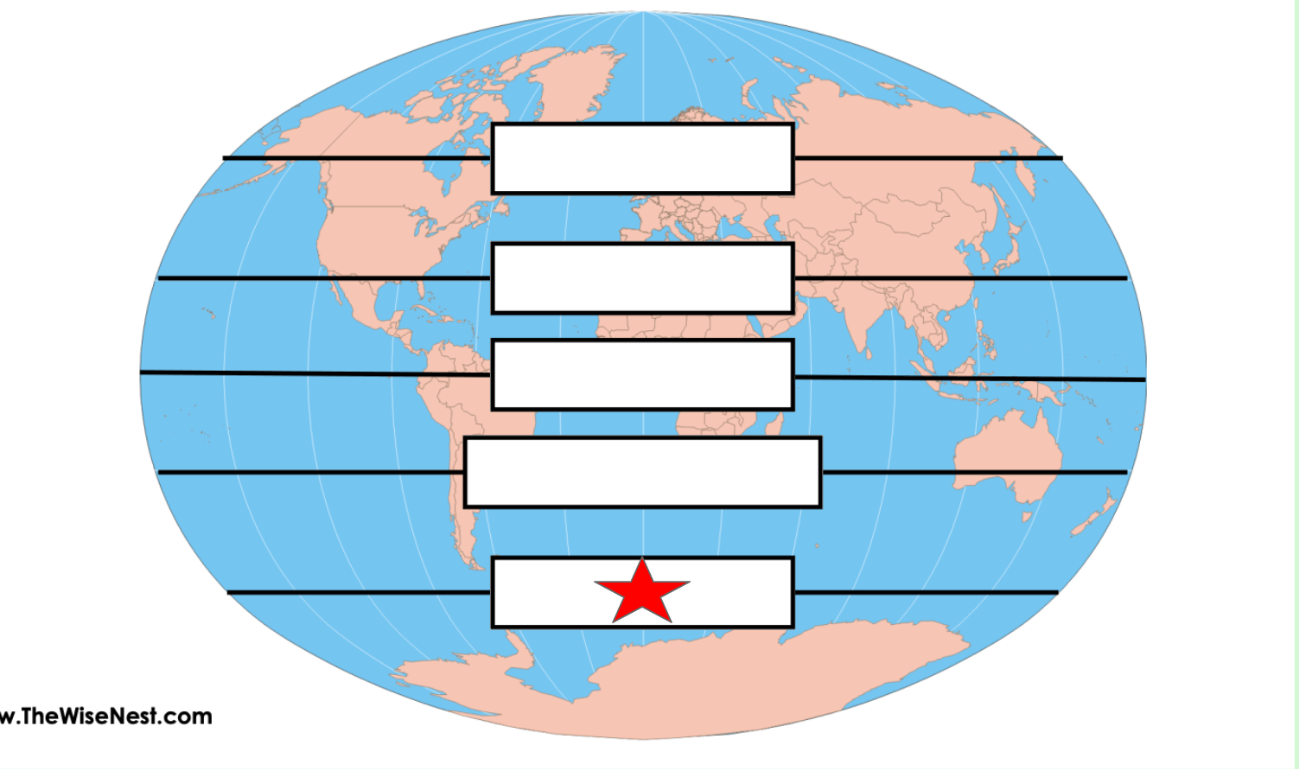
What is the Antarctic Circle?
A large area of flat unforested grassland in southeastern Europe or Siberia.
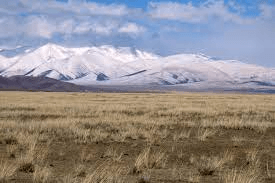
What is a steppe?
